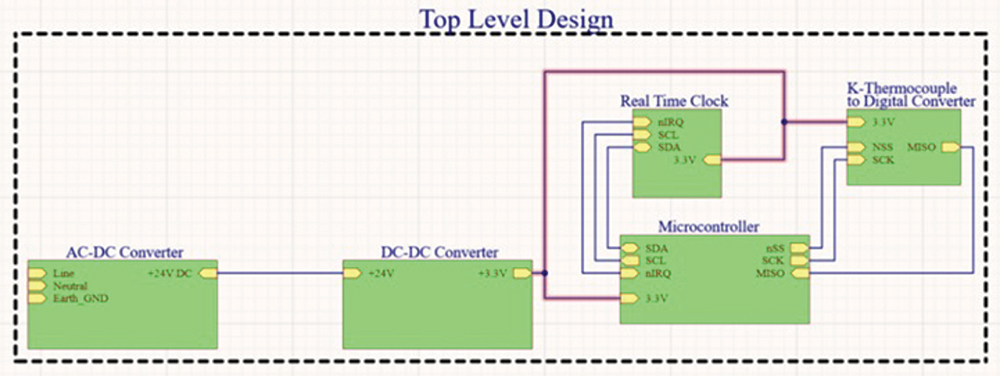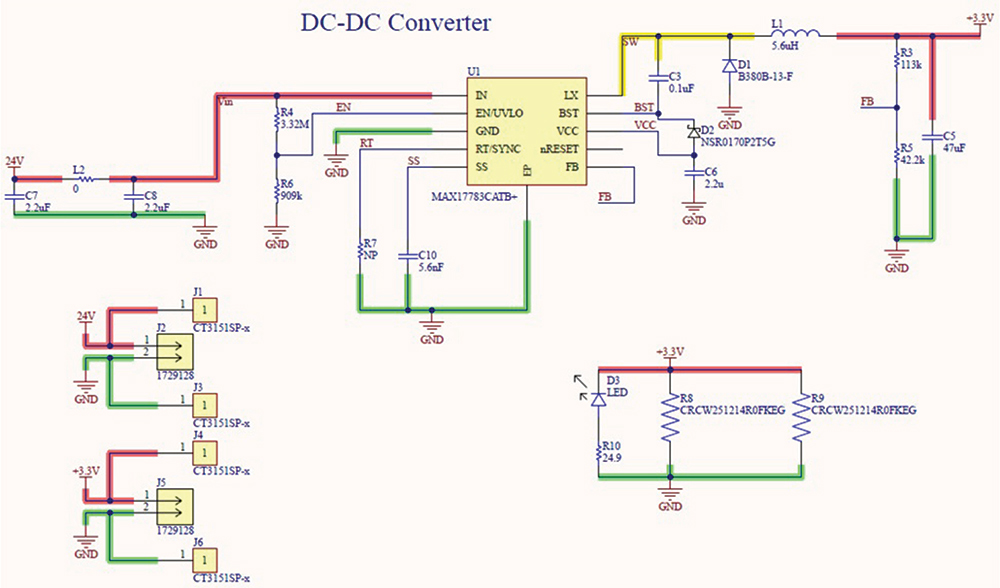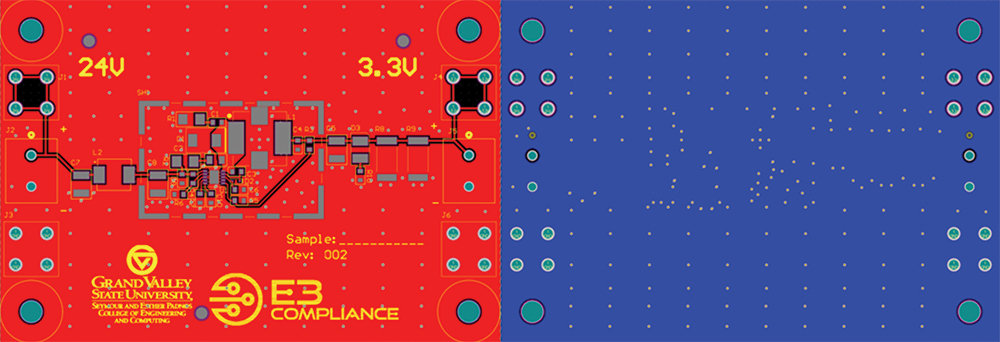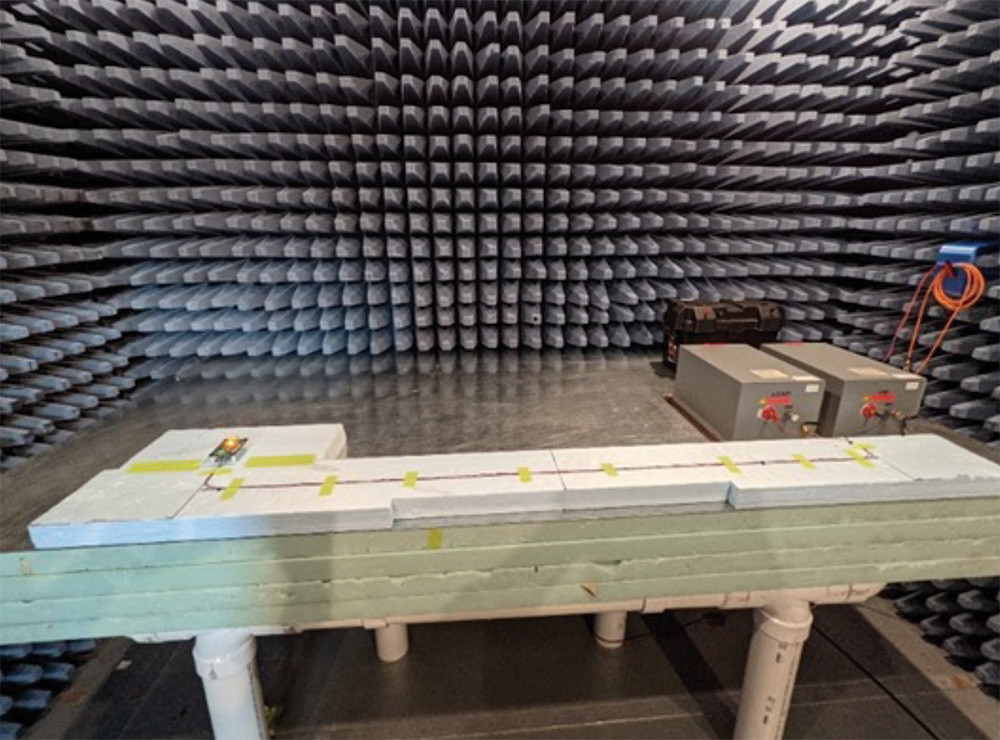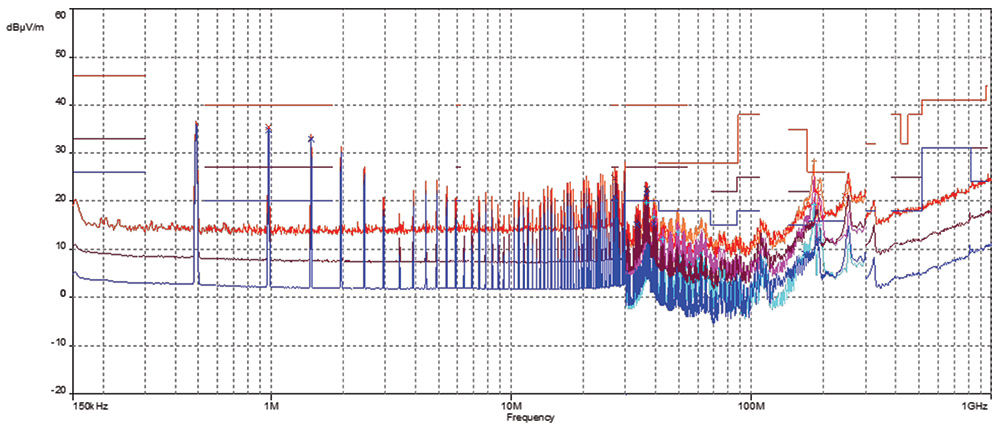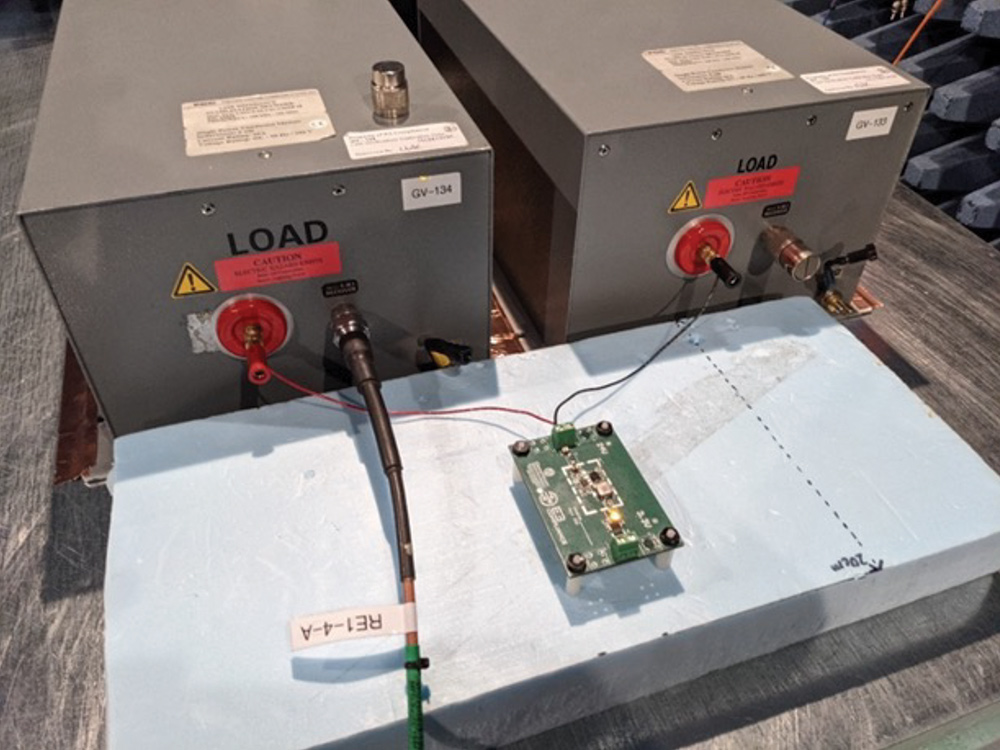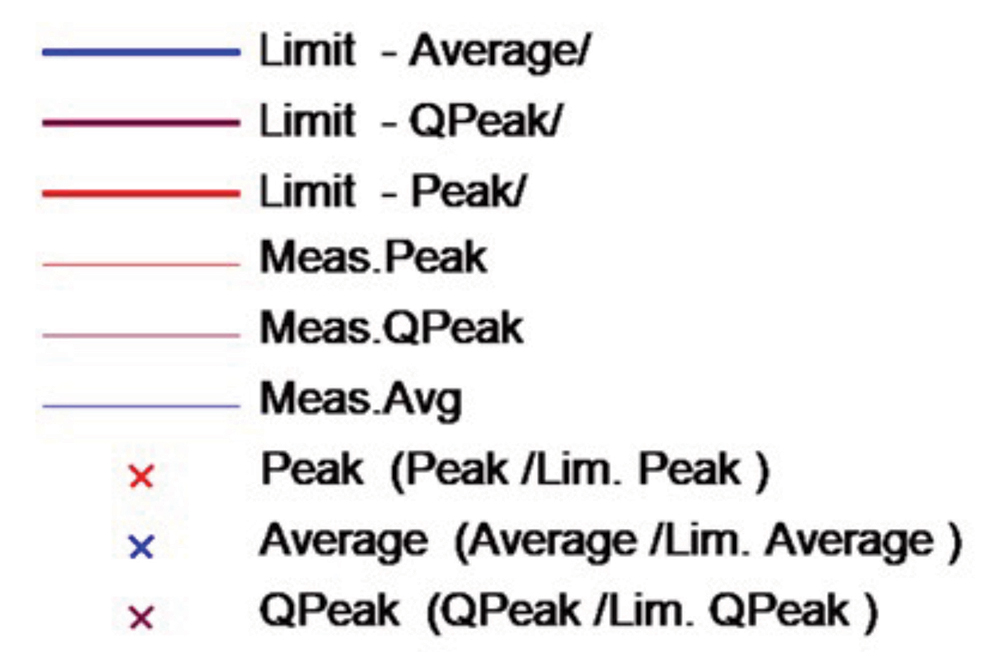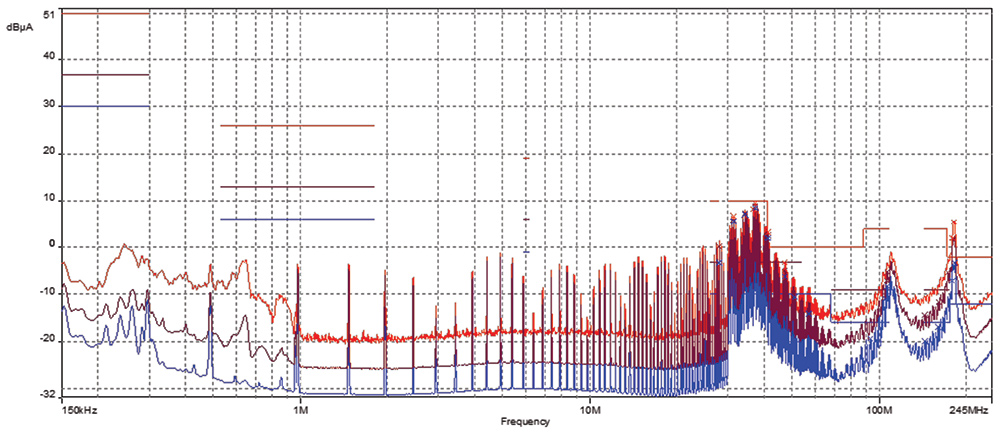his is the third article in a series of articles devoted to the design, test, and EMC emissions evaluation of 1- and 2-layer PCBs that contain AC/DC and/or DC/DC converters, and employ different ground techniques [1, 2]. In this article, we evaluate the performance of the baseline DC/DC converter (e.g., use only IC vendor recommended components and no additional EMC countermeasures). Specifically, we present the test results from the radiated and conducted emissions tests performed according to the CISPR 25 Class 5.
Like so many industries at this time, while working on the DC/DC converter we were faced with a semiconductor shortage issue in our design with the main controller integrated circuit. This forced us to redesign the converter using a different DC/DC IC that is widely available in quantities. After selecting a new integrated circuit, a new design was created and appropriate components were chosen. Then the PCB layout was updated and a ‘quick turn’ PCB fabrication was ordered and received. The schematic, PCB layout, and a photograph of the assembly are shown below for the new design which was tested and results are discussed in this article.
The second article, [2], focused on the details of the DC/DC converter design.
This article is organized as follows. Section 2 presents the radiated emissions test results. In Section 3, the conducted emissions (voltage method) results are shown. The current method, conducted emission results are included in Section 4. Section 5 addresses the content of the next article.
The monopole range (150 kHz – 30 MHz) shows a failure of the Quasi-Peak and Average limits at 978 kHz and 1469 kHz. The emissions in this region are all narrowband, and spaced by ~487 kHz. This suggests that these emissions are all harmonics of the 487 kHz switching frequency of the power supply.
The test results on the ground line, in the frequency range of 150 kHz – 108 MHz, are shown in Figure 11 on page 54.
These emissions are likely due to ringing in the switching waveform.
The test results, at 750 mm, in the frequency range of 150 kHz – 245 MHz are shown in Figure 14 on page 56. The measurement from 150 kHz – 30 MHz was taken with a 9 kHz resolution bandwidth, and the measurement from 30 MHz – 245 MHz was taken with a 120 kHz resolution bandwidth.
- Adamczyk, B., Mee, S., Koeller, N, “Evaluation of EMC Emissions and Ground Techniques on 1- and 2-layer PCBs with Power Converters – Part 1: Top-Level Description of the Design Problem,” In Compliance Magazine, May 2021.
- Adamczyk, B., Mee, S., Koeller, N, “Evaluation of EMC Emissions and Ground Techniques on 1- and 2-layer PCBs with Power Converters – Part 2: DC/DC Converter Design with EMC Considerations,” In Compliance Magazine, June 2021.



